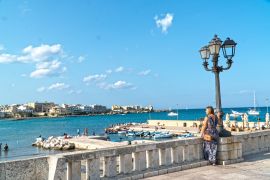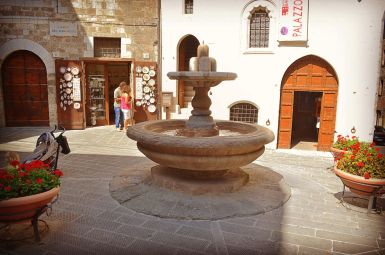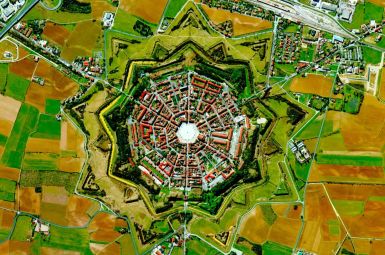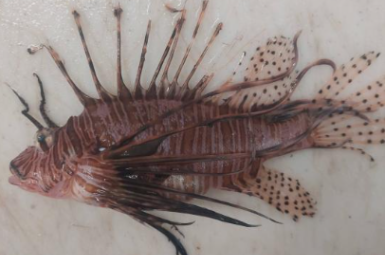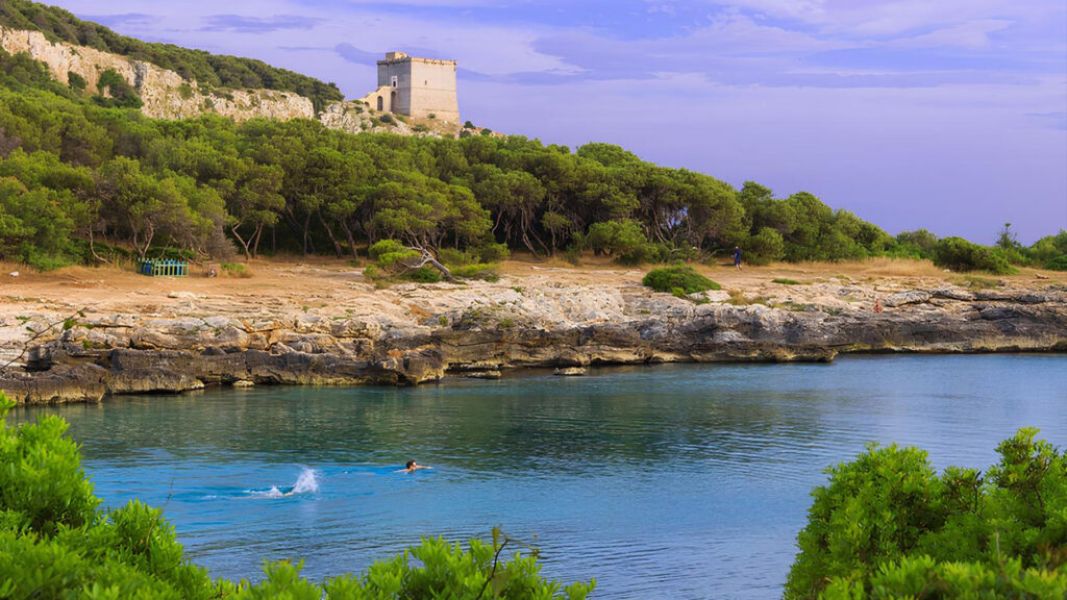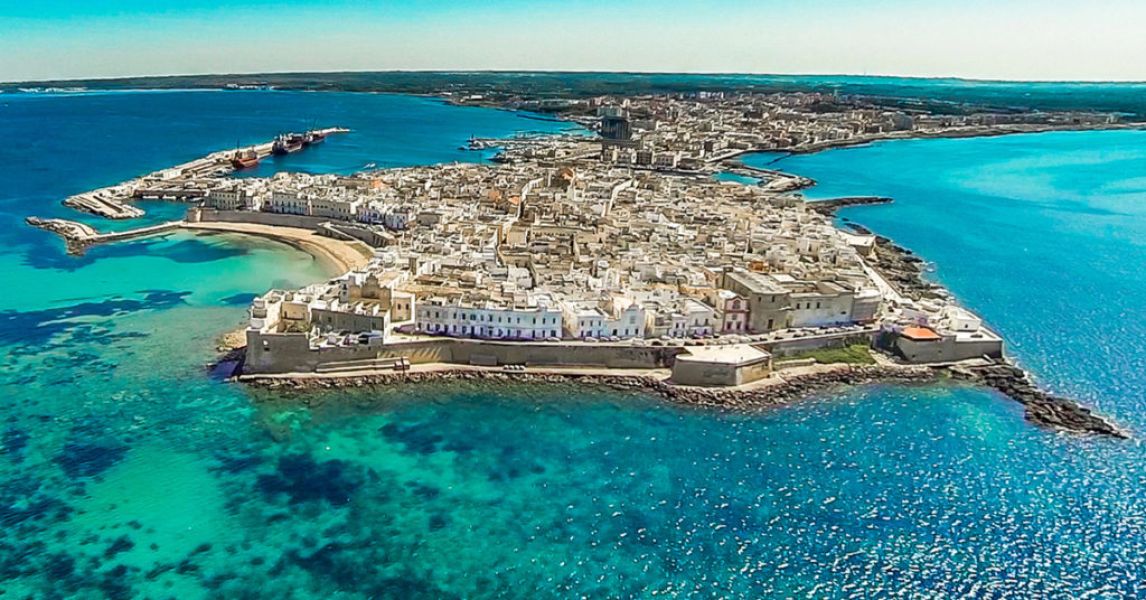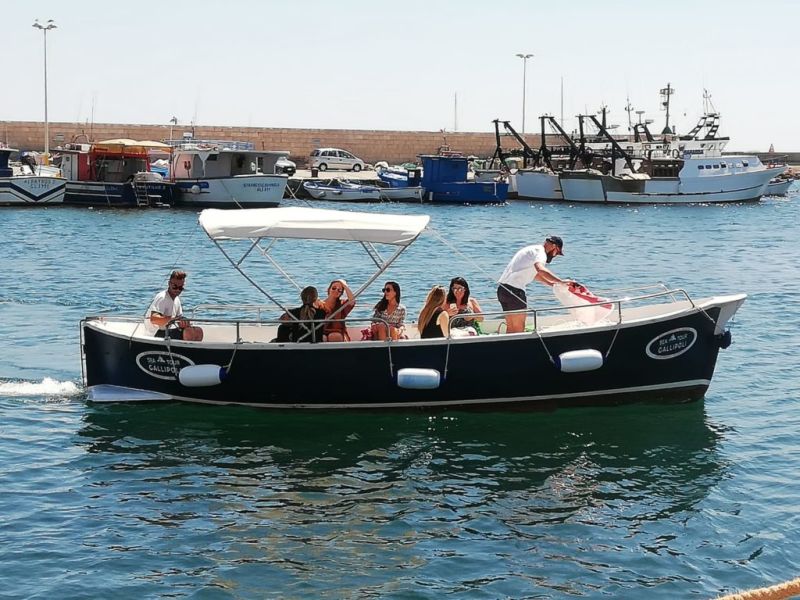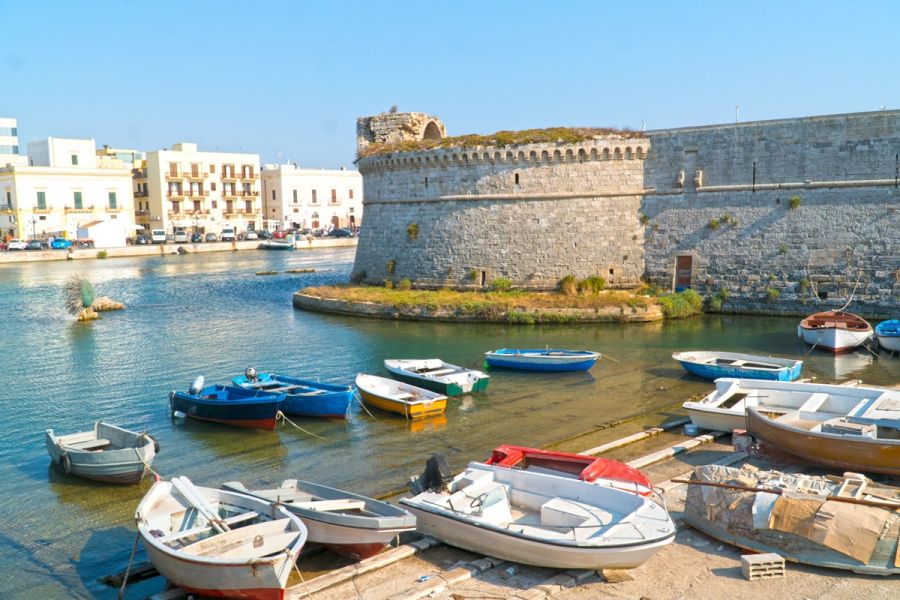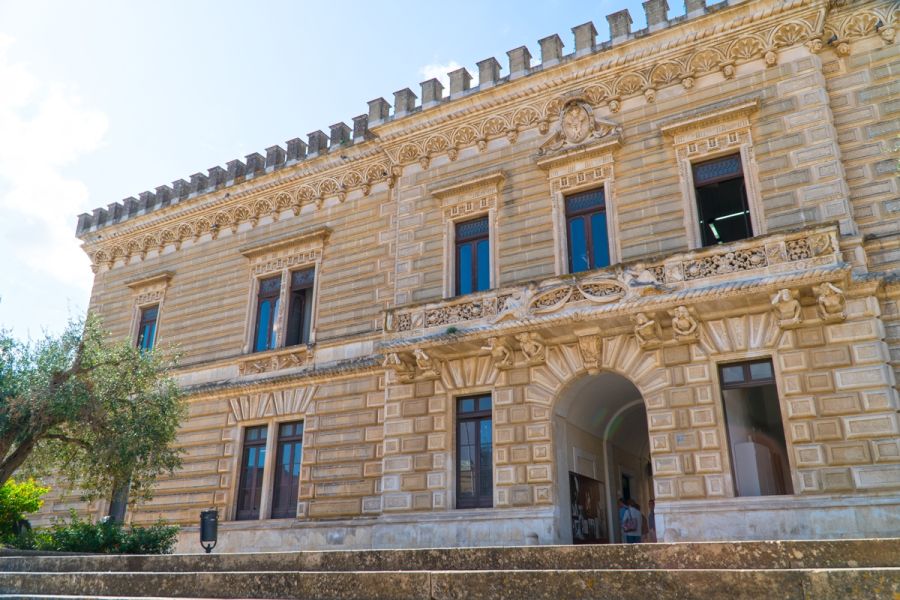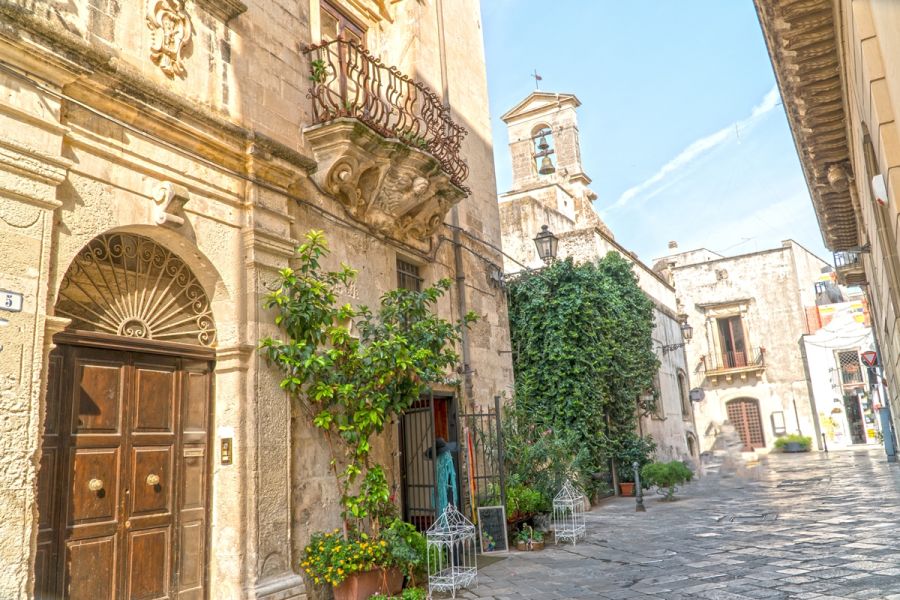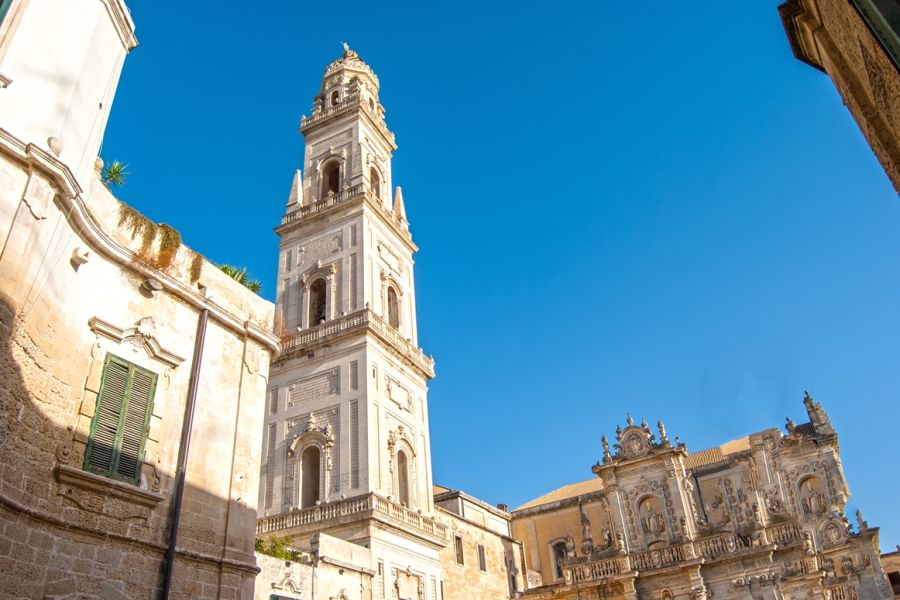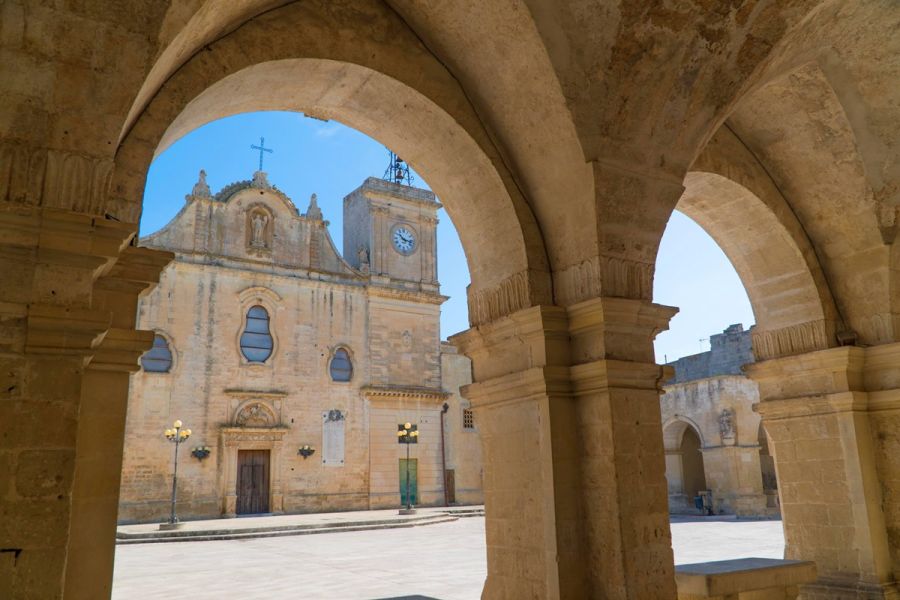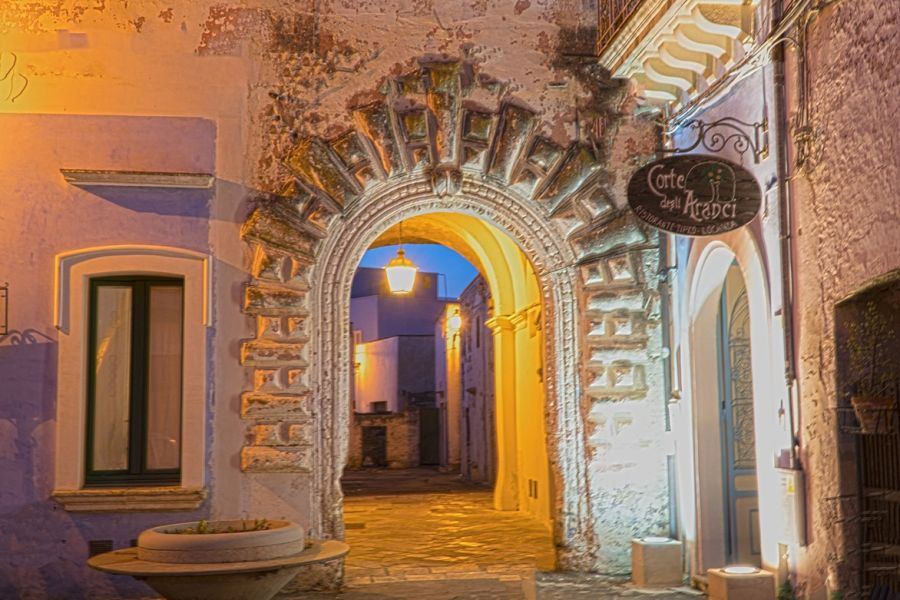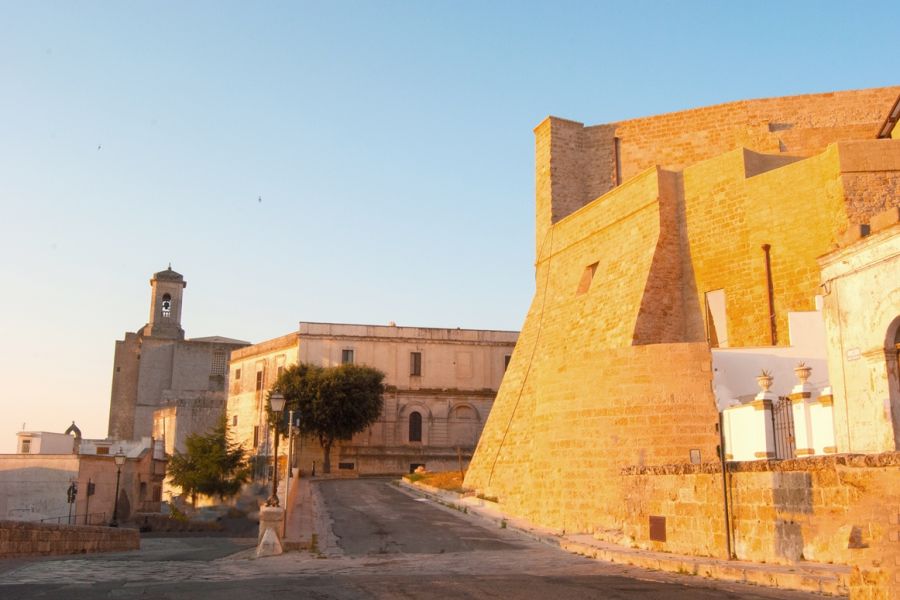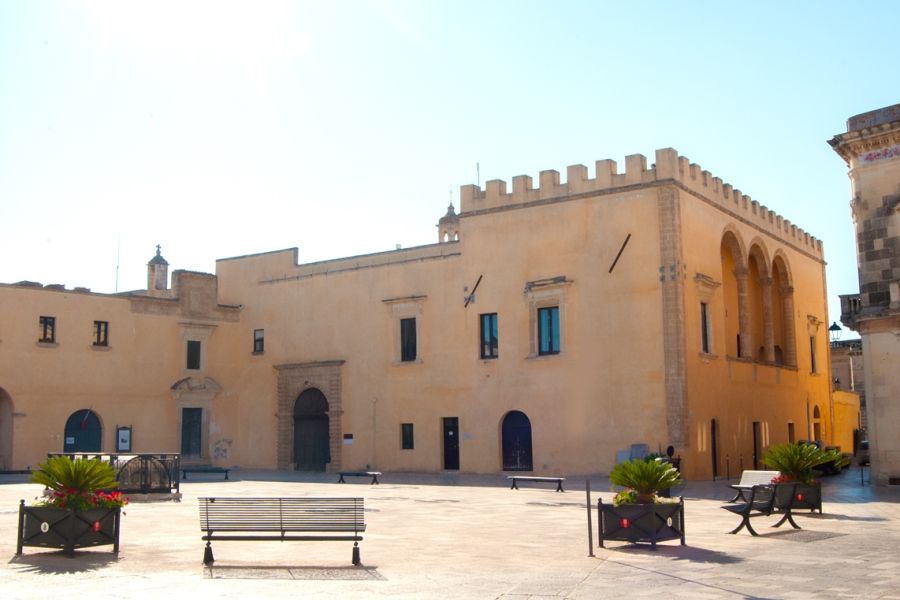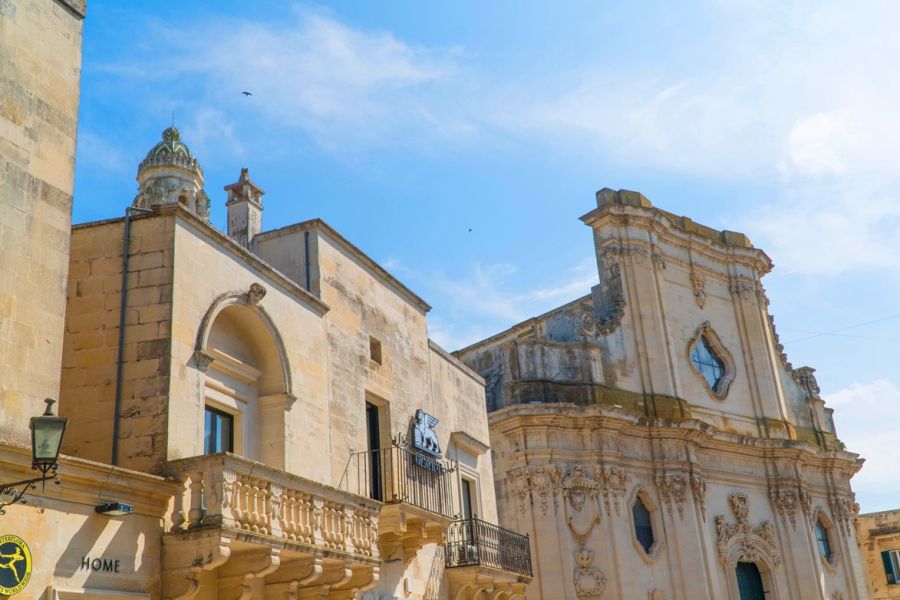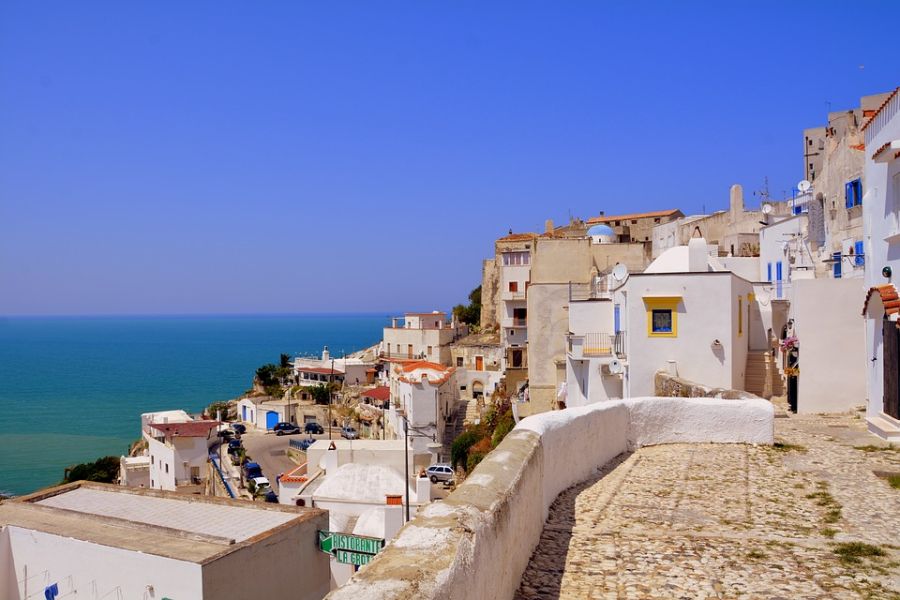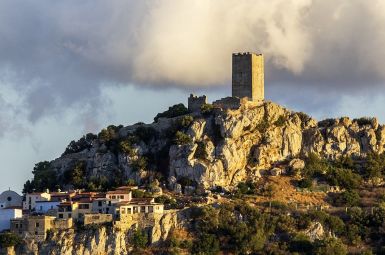
Escursione in barca da Gallipoli
- Home
- Esperienze
- Escursione
- Escursione in barca da Gallipoli
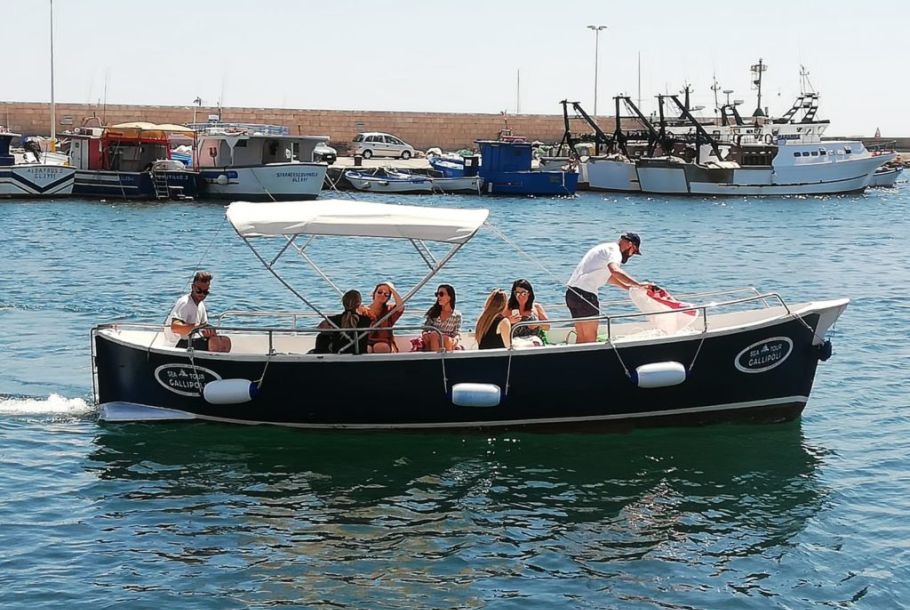
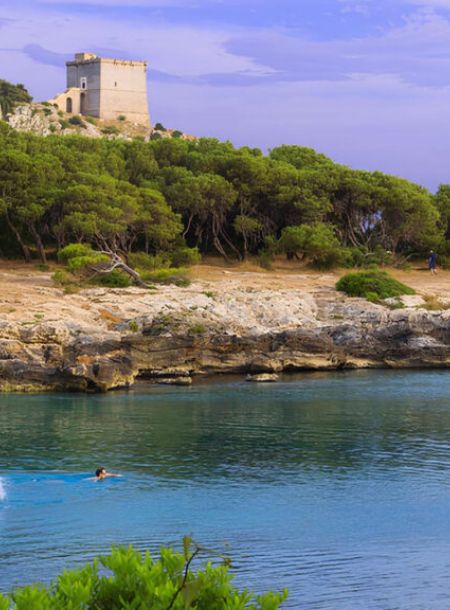
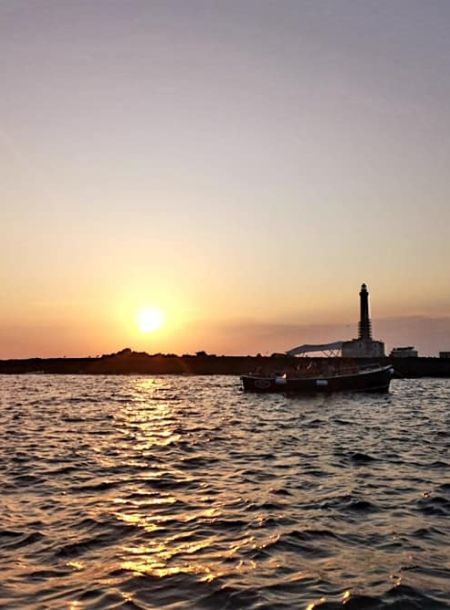
Durata Giorni:
Durata Ore:
Max Persone
Informazioni Utili
Versante Sud – Punta Pizzo
Un’escursione perfetta per conoscere il mare di Gallipoli e il suo splendido paesaggio alla scoperta dell’Isola di Sant’Andrea, una delle poche del Salento raggiungibile solo via mare, meta apprezzatissima da chi ama lo snorkeling, e di Punta Pizzo, un luogo meraviglioso che si caratterizza per le spiagge dorate e l’acqua cristallina, l’ideale per i bambini che possono nuotare e divertirsi in totale sicurezza.
Versante Nord – Porto Selvaggio
Una fantastica esperienza alla volta del litorale settentrionale di Gallipoli che passa nei pressi della celebre montagna spaccata, le Quattro Colonne, Santa Maria al Bagno e Santa Caterina, fino a giungere presso la suggestiva Baia di Torre Uluzzo.
Il Parco di Porto Selvaggio è molto apprezzato per il suo inconfondibile litorale ricco di alte scogliere che cadono a picco sul mare, miste a baie e calette con pinete e una rigogliosa vegetazione.
Sunset Tour
Un tour al tramonto all’Isola di Sant’Andrea per chi vuole vivere un’esperienza suggestiva in un mare meraviglioso, con un paesaggio mozzafiato che farà da cornice ai ricordi indimenticabili delle vacanze gallipoline.
All’ora del tramonto tutta la flotta si raduna nei pressi dell’Isola dove potrai assistere allo spettacolo del sole rosso fuoco che, lentamente, va a nascondersi dietro il mare, che si fonde con il cielo.
Colori fantastici e indescrivibili in un’atmosfera unica e da non perdere.
Tipologia
- Escursione
- Mare
- Natura
Gestore

Sea Tour Gallipoli
Punto di Partenza
- Via Santa Cristina, 1, 73014 Gallipoli, LE, Italia
Tappe
- Via Santa Cristina, 1, 73014 Gallipoli, LE, Italia
Esplora il Borgo
Esplora la Regione
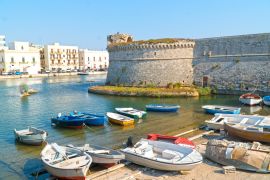
Gallipoli
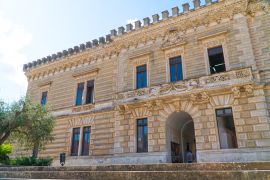
Nardò
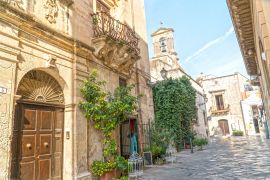
Galatina
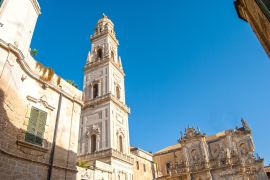
Lecce
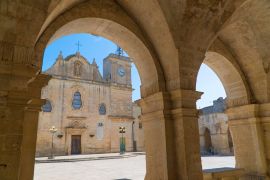
Melpignano
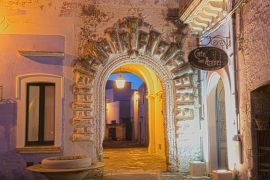
Taviano
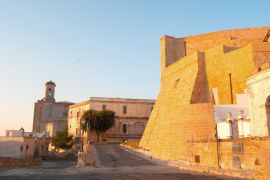
Ugento
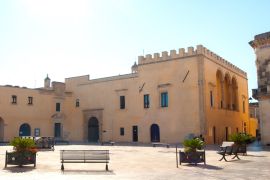
Presicce Acquarica
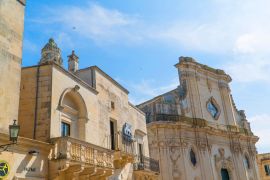
Maglie
